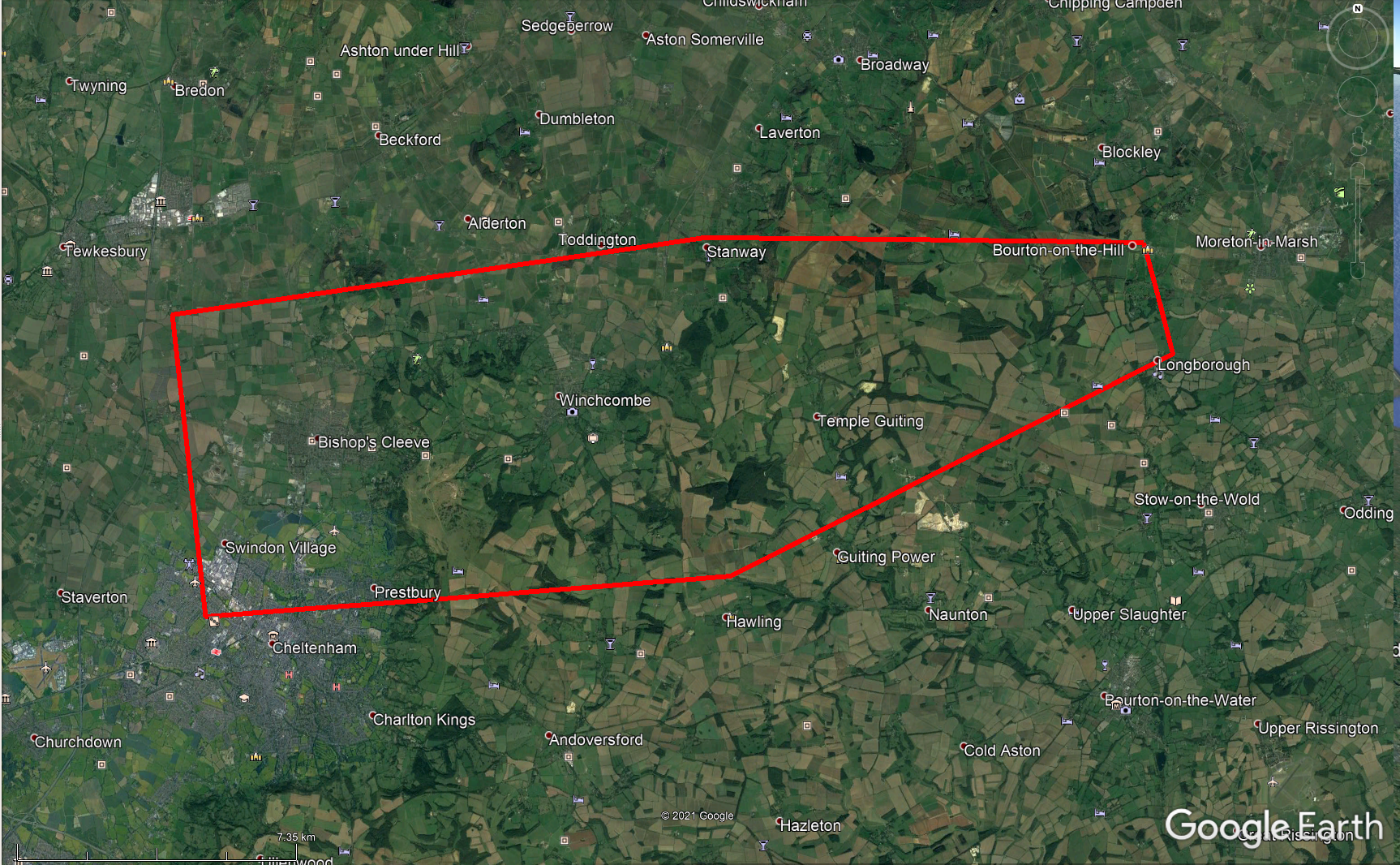Fireball that lit up the sky over UK probably dropped fragments on ground, experts say
Your support helps us to tell the story
From reproductive rights to climate change to Big Tech, The Independent is on the ground when the story is developing. Whether it's investigating the financials of Elon Musk's pro-Trump PAC or producing our latest documentary, 'The A Word', which shines a light on the American women fighting for reproductive rights, we know how important it is to parse out the facts from the messaging.
At such a critical moment in US history, we need reporters on the ground. Your donation allows us to keep sending journalists to speak to both sides of the story.
The Independent is trusted by Americans across the entire political spectrum. And unlike many other quality news outlets, we choose not to lock Americans out of our reporting and analysis with paywalls. We believe quality journalism should be available to everyone, paid for by those who can afford it.
Your support makes all the difference.The fireball that lit up the skies over the UK probably dropped pieces onto the ground, experts said.
Thousands of people across the country reported that they had seen a slow-moving meteor fireball on Sunday evening. The meteor colliding with Earth’s atmosphere created light and heat, as well as a loud boom or rumbling noise that was heard as far away as Ireland and the Netherlands.
The meteor that fell into the Earth’s atmosphere likely began as an asteroid, out between Mars and Jupiter, but pieces of it could now be found in Cheltenham, according to researchers.
The fireball is likely to become the most-reported object to the International Meteor Organisation. Those detailed reports – which include videos of the fireball in the sky – has already allowed researchers to understand the nature of the asteroid and how it might have fallen.
That has allowed scientists to recreate its journey and speculate that pieces of the fireball are now probably lying on farmland in England.
“This meteor fragmented a lot, as you can see in the videos. Most of the meteoroid vapourised during the six seconds of visible flight,” said Luke Daly from the University of Glasgow. “However, with this one we think quite a few fragments probably reached the ground.
“If pieces landed, they are likely to have been on or just north of Cheltenham, out towards Stow-on-the-Wold. So most pieces are likely to be on farm land.”
The public has been advised to be careful around any pieces of asteroid that are discovered.
“If you do find a meteorite on the ground, ideally photograph it in place, note the location using your phone GPS, don’t touch it with a magnet, and, if you can, avoid touching it with your hands,” said Katherine Joy from the University of Manchester. “Pick it up in a clean bag or clean aluminium foil if possible!”
The UK Fireball Alliance, or UKFAll, asked people not to breach coronavirus lockdowns to search for pieces.
“If you find a piece on your farm or a road, please let us know,” it said. “But don’t go hunting for it.”
Images from the UK Fireball Alliance showed the objects likely path of descent as well as the area over which pieces might have fallen.


The footage of the arrival of the fireball also allowed researchers to confirm that it was an object from out in space, not something that began its life on Earth.
“The video recordings tell us its speed was about 30,000 miles per hour which is too fast for it to be human-made ‘space junk’, so it’s not an old rocket or satellite,” said Ashley King from the Natural History Museum. “The videos also allowed us to reconstruct its original orbit around the sun.
“In this case, the orbit was like an asteroid’s. This particular piece of asteroid spent most of its orbit between Mars and Jupiter, though sometimes got closer to the Sun than Earth is.”

Join our commenting forum
Join thought-provoking conversations, follow other Independent readers and see their replies
Comments